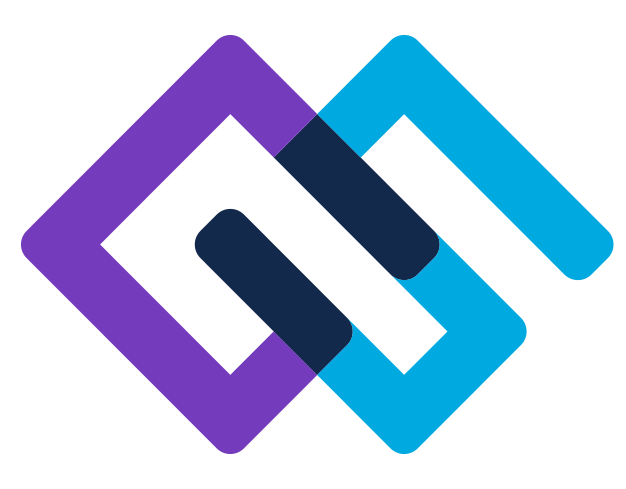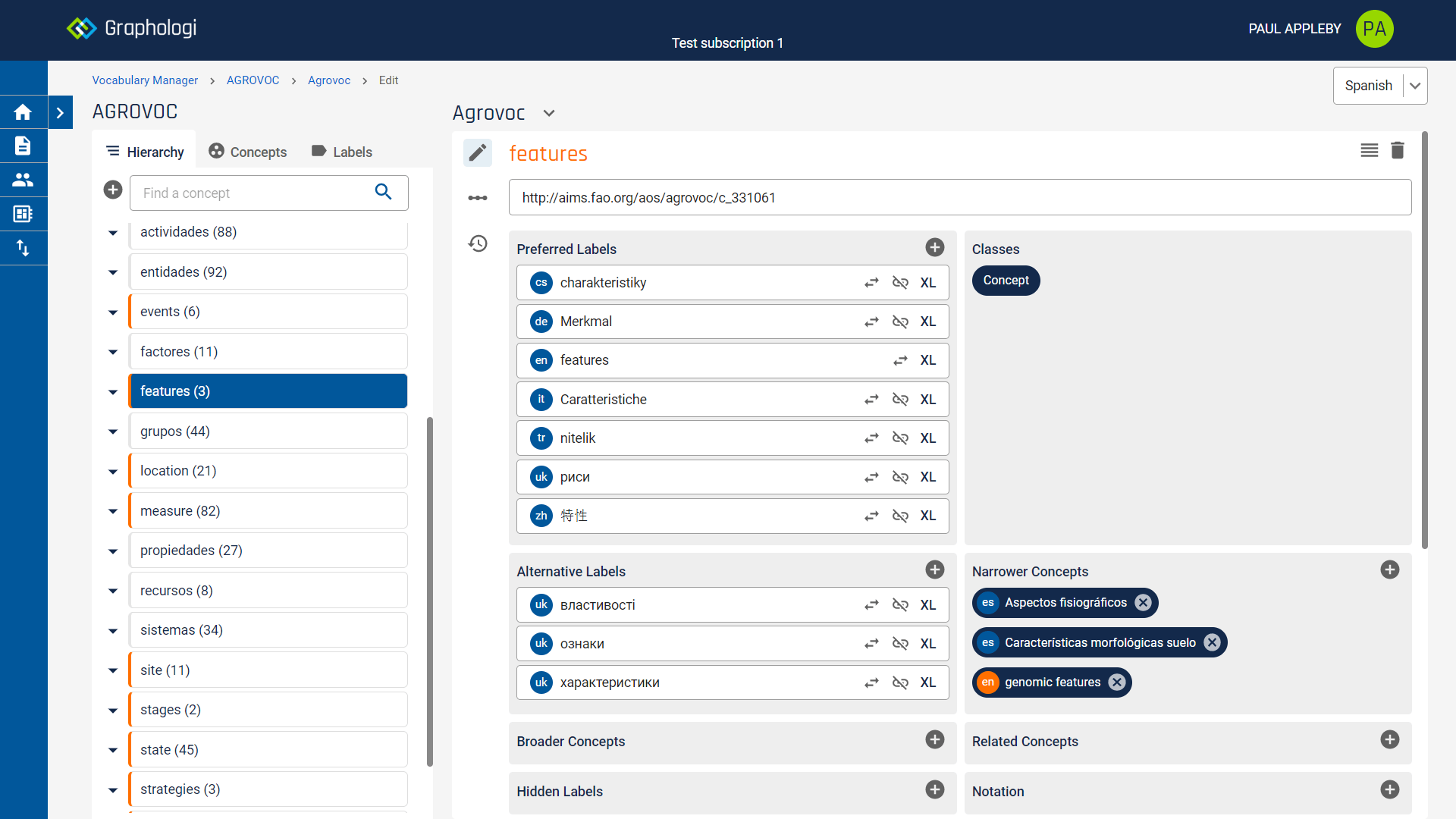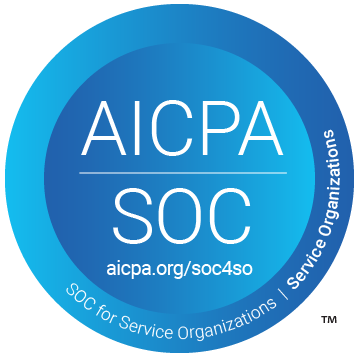Collaborative RDF Editing Platform
The Challenge
When creating and managing knowledge graphs, most applications do not meet the expectations of today’s data-centric demands. For example, most solutions do not allow users to collaborate and work on data together. This causes critical issues with synchronisation leading to data inconsistency. The task of normalising and harmonising data across systems is labour intensive and time consuming.
Our Solution
GrafSync is a fully collaborative RDF platform that provides a scalable base upon which to build user applications to manage knowledge graphs. Example use cases are taxonomy management, ontology editing, language localisation and metadata management.
Grafsync has an SDK to help you build your applications and is optimised for use with React. Developers simply have to work with JSON and the Grafsync Javascript APIs, which can be easily incorporated into an application.
And to make sure you can use your existing RDF store GrafSync can work with any SPARQL compliant RDF store.
Graphifi have used the GrafSync platform as the basis for Graphologi - our taxonomy and ontology management software. The screenshot above shows the Agrovoc taxonomy, a very large taxonomy being used in Graphologi.
Simple and Connected
Collaborative
Users editing the same resources see each others updates in real time.
Users can be invited onto projects to allow teams to work together with fine grained permissions controlling who can do what.
Standards
GrafSync is based around W3C semantic standards ensuring compatibility with other systems.
GrafSync is not restricted to any particular model and can be configured for different applications.
Flexibility
GrafSync can work with any compliant RDF store that supports the necessary standards.
GrafSync can scale to large numbers of users and large quantities of data.
Our SDK and React client components provide an easy means to get your own applications up and running.





